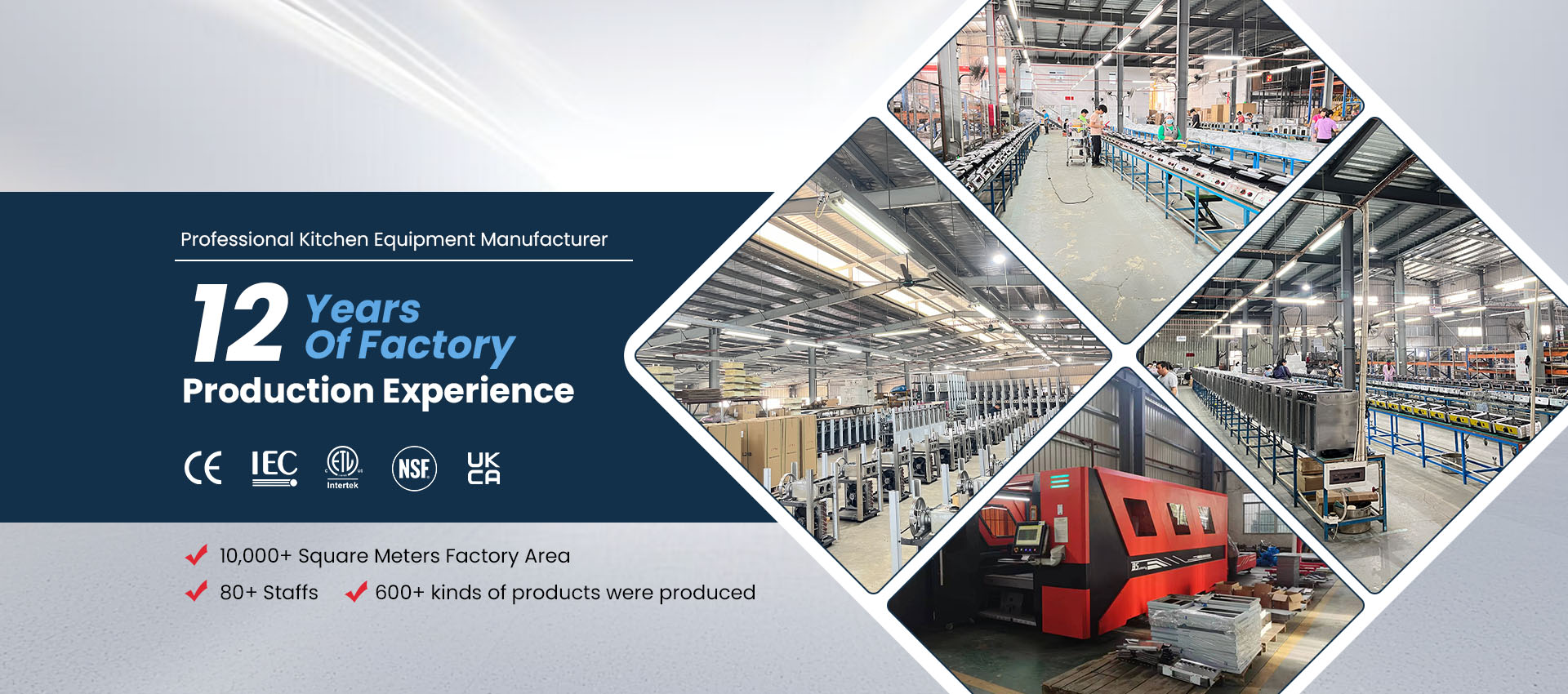How To Hook Up A Gas Deep Fryer
Installing a gas deep fryer properly is essential for safe operation and efficient cooking. Whether you are setting up a new commercial fryer in a restaurant kitchen or connecting a small unit at home, the process involves more than just attaching a gas line. Following the correct steps ensures consistent heating, prevents leaks, and keeps your kitchen compliant with safety standards.
1. Choose the Right Location
Start by positioning your fryer in a well-ventilated area.
Gas Fryers release heat and combustion byproducts, so adequate airflow is vital. Place the fryer:
On a level, heat-resistant surface.
At least 6–8 inches from walls, counters, or other appliances.
Away from water sources, electrical cords, and flammable materials.
Commercial models often require placement beneath an exhaust hood or ventilation canopy to remove smoke and grease vapors efficiently.
2. Check Gas Type and Supply Line
Before connecting, confirm that your fryer is designed for your fuel type — either natural gas (NG) or propane (LP).
Using the wrong type can lead to excessive pressure, yellow flames, or dangerous carbon buildup.
If your fryer needs a different fuel, use a manufacturer-approved conversion kit before proceeding.
You’ll also need:
A gas shut-off valve near the fryer.
An approved flexible gas connector hose rated for commercial kitchen use.
A thread sealant or gas-rated tape for securing threaded joints.
3. Turn Off the Main Gas Supply
Before any installation work, shut off the gas supply completely.
Locate the main valve on your building or propane tank and close it to stop the gas flow. Wait a few minutes to ensure pressure is released from the line before connecting the fryer.
4. Connect the Gas Hose
Attach the flexible gas connector to the fryer’s inlet fitting. Tighten it firmly with a wrench, but avoid over-torquing, which can damage the threads.
Connect the other end to the shut-off valve or wall gas outlet.
If your fryer includes a quick-disconnect fitting, ensure the latch clicks securely into place.
5. Check for Leaks
Never skip the leak test.
Mix soapy water in a spray bottle and apply it to each connection joint.
Turn the gas supply on slowly. If bubbles form, there’s a leak — immediately shut off the gas, tighten the fittings, and re-test.
Never use an open flame to check for leaks.
For commercial kitchens, it’s recommended to have the installation inspected by a certified gas technician or local fire authority before first use.
6. Ignite the Pilot Light
Once you’ve verified there are no leaks:
Open the fryer’s main gas valve.
Turn the control knob to “Pilot.”
Press and hold the knob while lighting the pilot flame with a long lighter.
Keep holding for about 30 seconds to heat the thermocouple, then release.
Switch the knob to “On.”
A steady blue flame indicates proper ignition and fuel pressure. If the flame is yellow or flickering, adjust the air shutter or call a technician.
7. Test the Fryer Operation
Fill the tank with oil up to the recommended level and heat it to the set temperature.
Monitor the flame and burner response. The fryer should cycle on and off smoothly without noise, sputtering, or smoke.
If you detect uneven heating, gas odor, or weak flames, shut it off immediately and recheck all connections.
8. Ongoing Maintenance and Safety Tips
Clean burner tubes and gas ports regularly to prevent clogging.
Keep ventilation hoods and filters grease-free.
Shut off the gas supply after every use.
Inspect flexible hoses for cracks or wear annually.
Schedule professional servicing at least once a year.
Routine inspection ensures optimal combustion, energy efficiency, and long equipment life.
Final Thoughts
Hooking up a gas deep fryer is straightforward when done safely and with attention to detail. Always match your fryer to the correct gas type, use certified fittings, and test thoroughly for leaks before lighting.
Proper installation not only protects your kitchen but also guarantees consistent frying performance and lower maintenance costs.
For premium gas fryers, griddles, and built-in kitchen appliances, visit MLP Kitchen — your trusted source for high-performance equipment designed for safety, efficiency, and long-term reliability.



